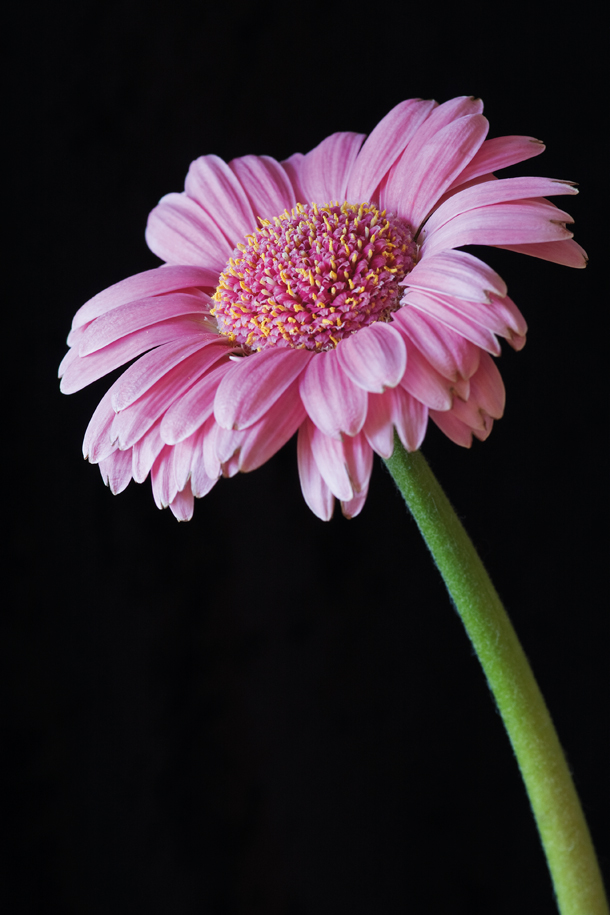25 flower photography tips for beginners

Improve your flower photography: tips, tricks and techniques for pictures bursting with style. All you need, from the best digital camera settings to lighting for flowers…

Now's the time to improve your flower photos. Spring and summer offer huge potential to shoot stunning plant and flower portraits. Whether it's in your garden, a public park or even on the side of the road, there's plenty of fantastic photos for the taking. In this guide we've got 25 top flower photography tips for you. Use them, and watch your photography, erm... blossom. Sorry.
1 Macro lenses
If you're interested in close-up flower photography then you should invest in a macro lens. Using a macro lens enables you to focus up close so you can really fill the frame with your subject. A true macro lens produces an image recorded on the sensor at life-size or larger. Great care has to be taken when focusing macro lenses as depth of field is very limited when you're so close to your subject.
SEE MORE: What is a macro lens - magnification, minimum focus distance explained
2 Extension tubes
If you want to try close-up photography without the expense of a macro lens, then extension tubes are a good alternative. Three tubes of varying depth form a set of extension tubes. A tube or combination of tubes is fitted between the camera body and the lens. Moving the lens away from the sensor reduces the minimum focusing distance to allow close-up photography.
Sign up for breaking news, reviews, opinion, top tech deals, and more.
SEE MORE: Extension tubes - how to shoot extreme close-ups without spending a fortune

3 Use a tripod
A good tripod is worth its weight in gold when photographing flowers - so pick the heaviest! Using a tripod slows you down and helps you think clearly about what you're trying to achieve. You can fine-tune composition using a tripod and keep the point of focus exactly where you want it. The ideal type is a sturdy tripod with legs that can splay out so you can photograph close to the ground.
SEE MORE: 8 classic tripod mistakes every photographer makes (and how to avoid them)
4 Remote release
In order to produce flower pictures that are pin-sharp you need to reduce the risk of camera-shake. With your camera mounted on a tripod you should then attach a cable release. This enables you to fire the shutter without risking camera movement as a result of you pressing down on the shutter release button.

5 Go telephoto
In order to isolate a particular flower from its surroundings you should use a telephoto lens. A long lens when used with the camera set to a wide aperture can really throw the foreground and background out of focus so that the viewer's attention is held where you want it. This is a great technique if you want to produce impressive photographs of individual plants.
SEE MORE: Best telephoto lens in the mid price range - 8 top options tested and rated
6 Wideangle lenses have their place
If you'd like to show an individual plant or a group of plants in their surroundings, then a wideangle lens is the tool for the job. Using one enables you to include the plants' environment in a photograph so there's more information available for the viewer. Depth of field is also increased, so your image can be sharp all the way from the foreground to the background.
SEE MORE: What is maximum aperture - which lenses go widest (and why it matters)

7 Switch off autofocus
Depth of field is so narrow in close-up photography that precise focusing is critical, even with small apertures. To ensure your shots are sharp where you want, try switching to manual focus and doing it yourself. Changing focus alters the magnification of the subject, so set that first, then gently nudge the camera backwards and forwards to position the sweet spot of sharpness where you want it.